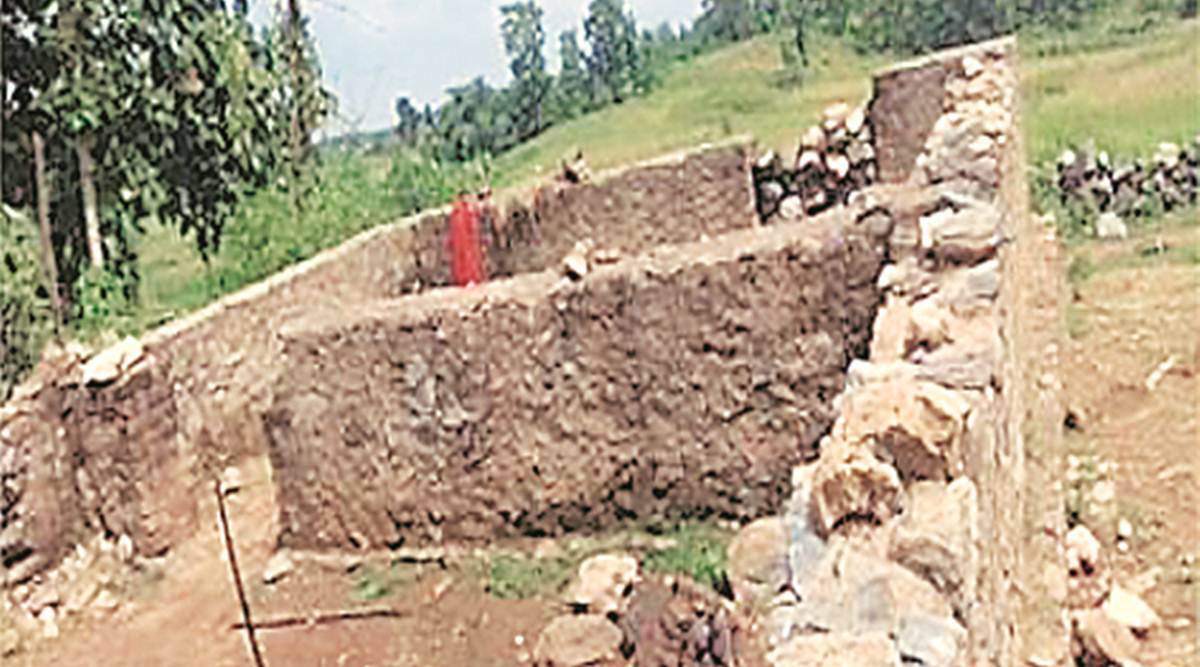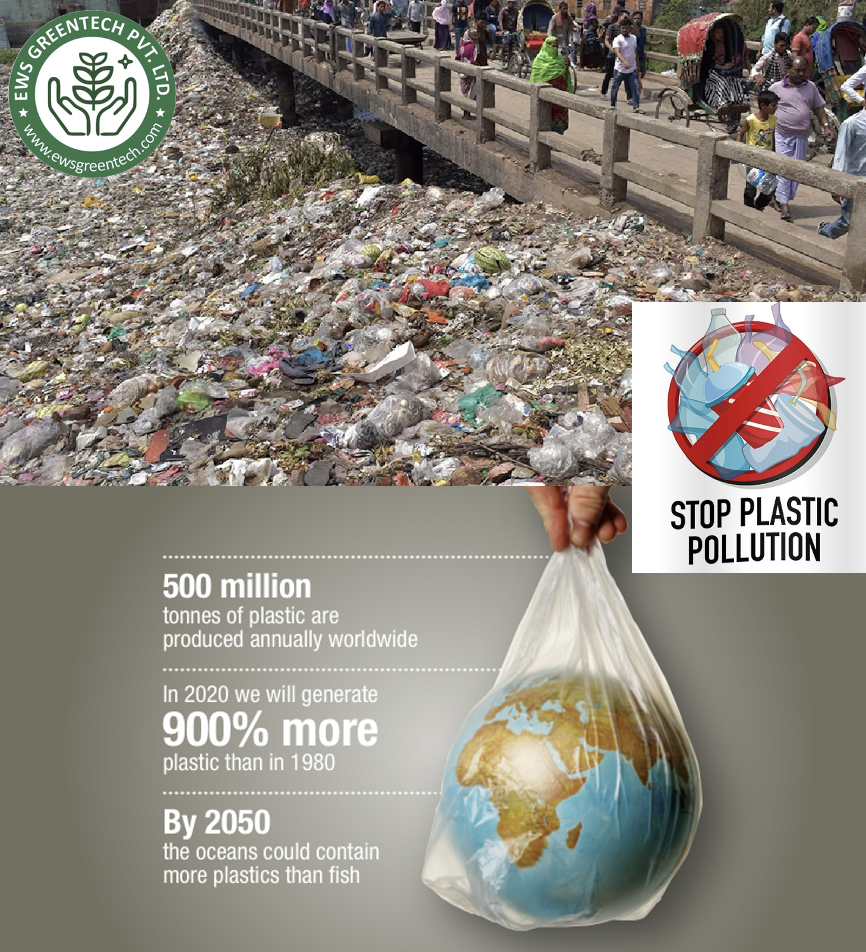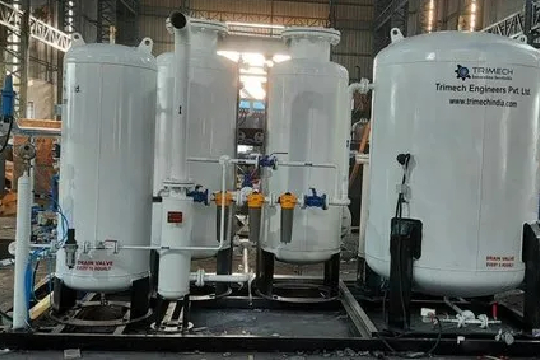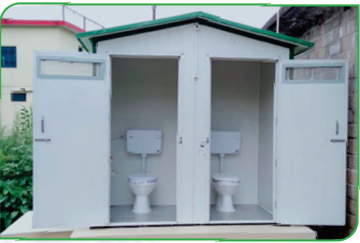CAG report on Rajasthan: In ODF state, toilets missing in half of PMAY houses surveyed
Highlighting “shortcomings” in the implementation of Pradhan Mantri Awaas Yojana-Gramin (PMAY-G) and its convergence with other schemes, the Comptroller and Auditor General (CAG) has found that about half of the verified houses built under the scheme in Rajasthan did not have toilets, even though the state was declared ‘Open Defecation Free’ in 2018.
During a performance audit of PMAY-G in Rajasthan, CAG conducted physical verification of 590 houses listed as “completed” in 59-gram panchayats across seven districts — Baran, Bikaner, Bharatpur, Dausa, Jodhpur, Tonk and Udaipur. The findings have been presented in Report No. 1 of 2020 – General and Social Sector, Government of Rajasthan, which was tabled in the Assembly last week.
As per the Framework for Implementation of PMAY-G, issued by the Ministry of Rural Development in 2016, a house shall be treated as “complete” only after a toilet has been constructed. Toilets were supposed to be provided to PMAY-G beneficiaries through funding from Swachh Bharat Mission-Gramin (SBM-G), MGNREGS or any other dedicated financing source.
“In the joint physical verification of 590 houses under PMAY-G, Audit observed that 290 houses (49.15 per cent) were without toilets even when these houses were shown as ‘completed’,” says the report.
“Interestingly, 49.15 per cent of the sampled completed houses were without toilets even though the State has been declared Open Defecation Free,” adds the report.
During the physical verification survey, CAG also found that out of the 590 completed houses, only 232 (39.32 per cent) had electricity connection. “…358 houses (60.68 per cent) constructed remained without electricity connection,” says the report.
Highlighting that many PMAY-G beneficiaries did not have LPG connections, the report said, “The joint physical verification of 590 completed houses also confirmed that only 399 houses (67.63 per cent) were provided with LPG connections and 191 (32.37 per cent) houses did not have LPG connections.”
“Provision of clean and efficient cooking fuel for the remaining households is imperative from the point of view of women empowerment and to avoid the health and environmental hazards associated with burning of wood, cow dung cakes, fossil fuels, etc. and thus should be given due priority,” says the report.
During the verification, CAG also found that out of 590 houses, 517 houses (87.63 per cent) had “access to safe drinking water either from convergence or by their own arrangement”. However, out of this, only 26 houses had piped water supply, says the report, adding that the remaining 73 houses (12.37 per cent) were “facing difficulty in accessing clean drinking water”.
The report says out of 590 beneficiaries, 391 (66.27 per cent) beneficiaries were living in the pucca houses constructed under the scheme, and 183 (31.02 per cent) houses were not being used for residential purpose by the beneficiaries.
It also says many PMAY-G houses shown as “completed” on the scheme’s portal were found incomplete during the physical verification. “Thus, there is a need to improve the implementation of the scheme…,” it observed.
Ref: https://indianexpress.com/article/india/cag-report-on-rajasthan-in-odf-state-toilets-missing-in-half-of-pmay-houses-surveyed-6576714/




 WhatsApp
WhatsApp